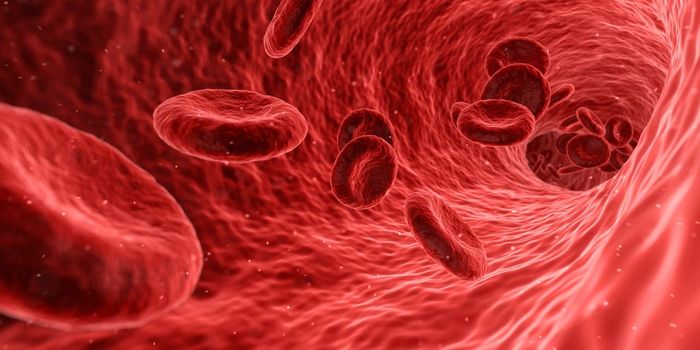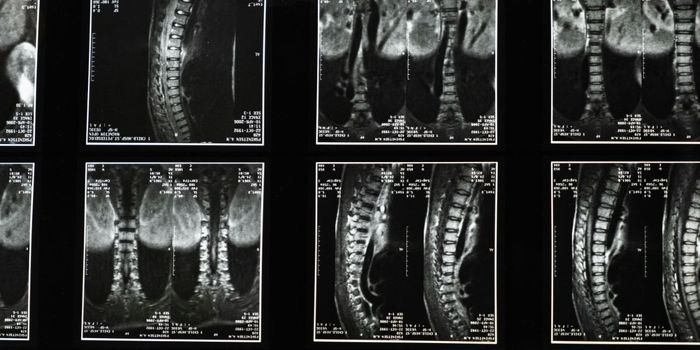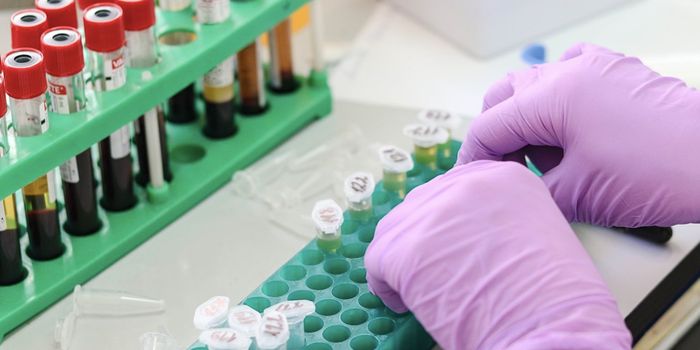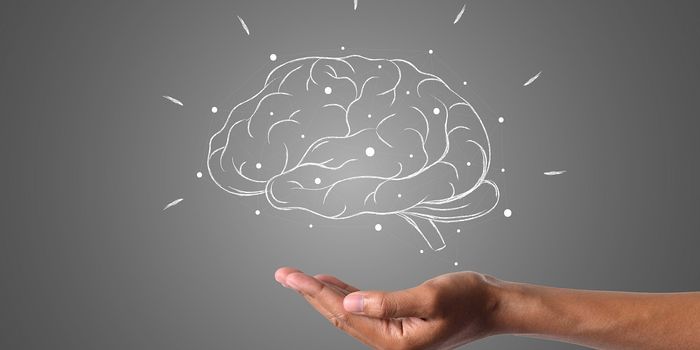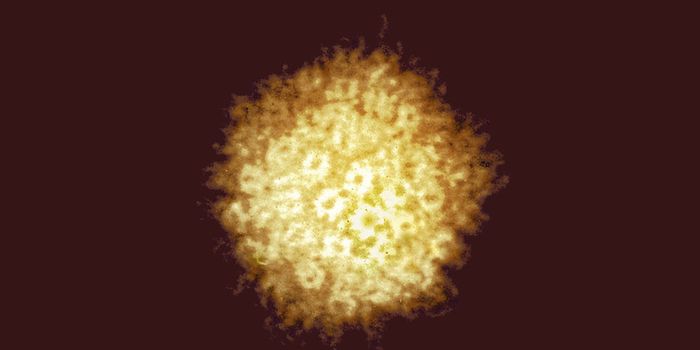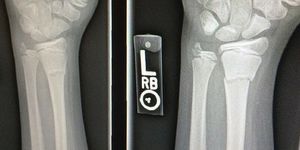CTE Is Caused by Repeated Impacts, Not Just Concussions
Ever since the first study of concussion and it's relation to chronic traumatic encephalopathy (CTE) hit the news, doctors, athletes, and veterans organizations have been trying to study CTE to find out how it's triggered, how to definitively diagnose it and hopefully find treatments that work.
Boston University has been at the center of much of the research and a new study published in the Journal Brain, suggests that injuries to the head do not have to be concussions, that any head impact can trigger the disease. The new information will likely shed new light on the fact that 20% of athletes who showed early symptoms of CTE had never been diagnosed with a concussion.
In the study, it was shown that head injuries could cause blood vessels to rupture and leak proteins into surrounding brain tissue. Much like other neurodegenerative diseases, CTE is known for a build-up of tau proteins. These proteins impair brain function, which is why CTE is associated with mood swings, depression, aggression, and dementia. Not every impact to the head will result in a concussion. Concussions are more dangerous, and typically involve memory lapses, vision, and balance. While professional sports organizations have been reevaluating their concussion protocols, the information in the new study will be helpful in preventing CTE since the focus will expand from concussion injuries to any head impact. Study co-author Lee Goldstein, a professor of psychiatry at the BU School of Medicine, stated simply, "It's the hits to the head, not concussion, that trigger CTE."
The study began with postmortem examinations of brain tissue from four teenage athletes who'd suffered head injuries before passing away. Each had a head impact before their death at various intervals, including one day, 2, 10 and 128 days. Comparing brain tissue from these young athletes to other athletes that had not experienced any head trauma, it was clear the brains were different with the four men who had suffered head impacts showing inflammation in the brain tissue near blood vessels and abnormal amounts of tau protein. One of the four athletes who had experienced head trauma had early signs of CTE.
The team wanted to find out if head impacts were causing the leaky blood vessels, so they used a mouse model and two common ways CTE is triggered, head impacts and blast waves. Brain scans of the mice showed the same kind of injuries in the athletes who had been examined after their death, inflammation and blood vessels that leaked protein. They also found significant changes in electrical activity in the brain, which could be part of the reason why some people who have experienced head trauma have after effects like cognitive impairments. Goldstein explained, "The same brain pathology that we observed in teenagers after head injury was also present in head-injured mice. We were surprised that the brain pathology was unrelated to signs of concussion."
Dr. Ann McKee, director of the CTE Center, stated, "In order to reduce CTE risk, there must be a reduction in the number of head impacts. The continued focus on concussion and symptomatic recovery does not address the fundamental danger these activities pose to human health."
The video below includes more information on the team at BU, take a look.
Sources: BU School of Medicine, Journal, Brain, Sports Illustrated


